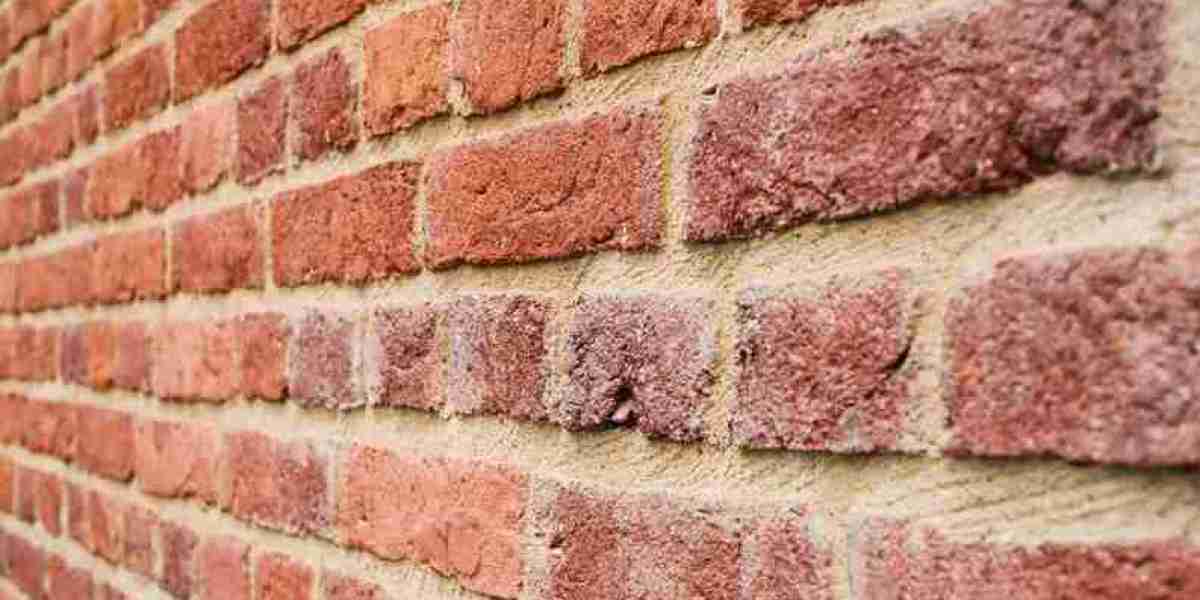Retaining block walls are essential structures in civil engineering, providing stability and support to various earth structures. Proper design plays a crucial role in ensuring the durability, functionality, and cost-effectiveness of these walls. In this article, we will delve into the intricacies of retaining block wall design, covering key aspects such as structural considerations, material selection, construction techniques, and economic benefits.
Structural Considerations for Retaining Block Wall Design
Foundation Design and Soil Analysis
The foundation of a retaining block wall is fundamental to its stability. A thorough soil analysis is conducted to determine the properties of the soil, including its bearing capacity, shear strength, and water content. This analysis helps engineers design an appropriate foundation that can withstand the lateral pressure exerted by the retained soil.
Wall Height and Slope Stability
The height of the retaining block wall is a critical factor in its design. Engineers consider factors such as the angle of repose of the retained soil, the surcharge load on the wall, and the seismic activity in the area. These considerations help determine the required wall height and slope stability measures, such as incorporating geogrid reinforcement or constructing terraces.
Material Selection for Retaining Block Walls
Concrete Blocks
Concrete blocks are commonly used in retaining wall construction due to their durability, strength, and versatility. They come in various shapes and sizes, allowing for flexibility in design. The blocks can be stacked and interlocked to create a stable and aesthetically pleasing wall.
Geosynthetic Reinforcement
Geosynthetic reinforcement materials, such as geogrids, play a crucial role in enhancing the stability and load-bearing capacity of retaining block walls. These materials are placed within the soil layers to provide tensile strength and prevent excessive wall movement.
Construction Techniques for Retaining Block Walls
Proper Drainage Systems
Effective drainage is vital for the long-term performance of retaining block walls. Drainage systems, such as weep holes and gravel backfill, help alleviate hydrostatic pressure and prevent water accumulation behind the wall. This reduces the risk of wall failure due to hydrostatic forces.
Backfill Compaction
Proper compaction of the backfill material is essential to minimize settlement and ensure uniform support along the wall. Compaction techniques, such as using vibrating plate compactors or pneumatic tampers, help achieve the desired density and stability of the backfill.
Economic Benefits of Efficient Retaining Block Wall Design
Efficient retaining block wall design brings significant economic benefits to construction projects. By optimizing costs during the design and construction phases, project budgets can be effectively managed. The cost savings achieved can be reinvested in other areas of the project or contribute to the overall profitability of the endeavor.
Conclusion
Retaining block wall design requires careful consideration of structural aspects, material selection, construction techniques, and economic factors. By understanding these key elements, engineers can design and construct retaining block walls that provide long-term stability, durability, and cost efficiency. Whether it's for residential, commercial, or public projects, a well-designed retaining block wall ensures the safety and functionality of the surrounding environment.








